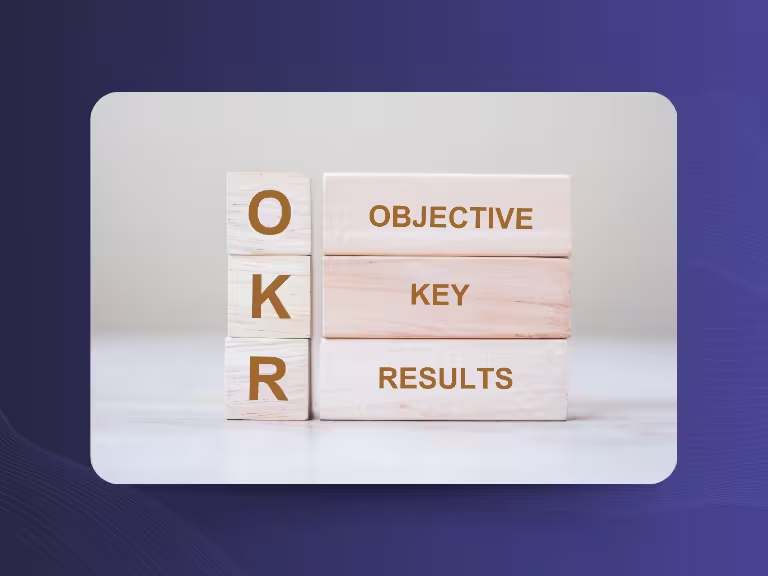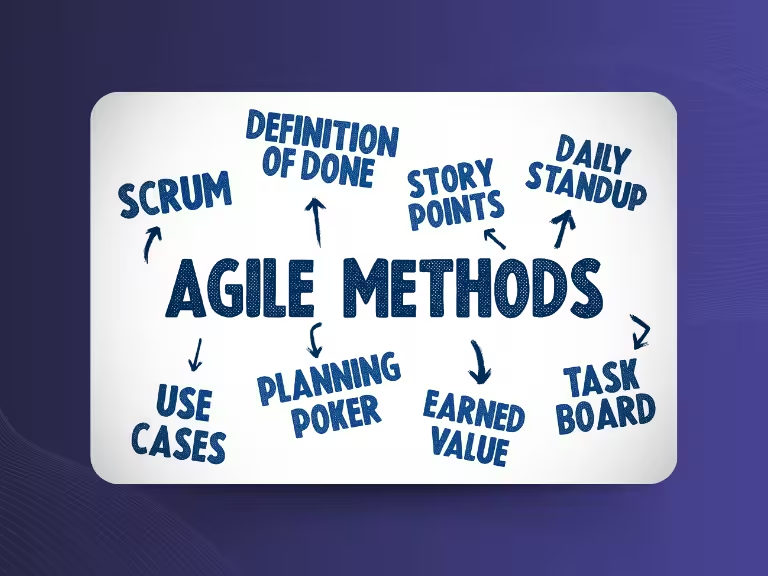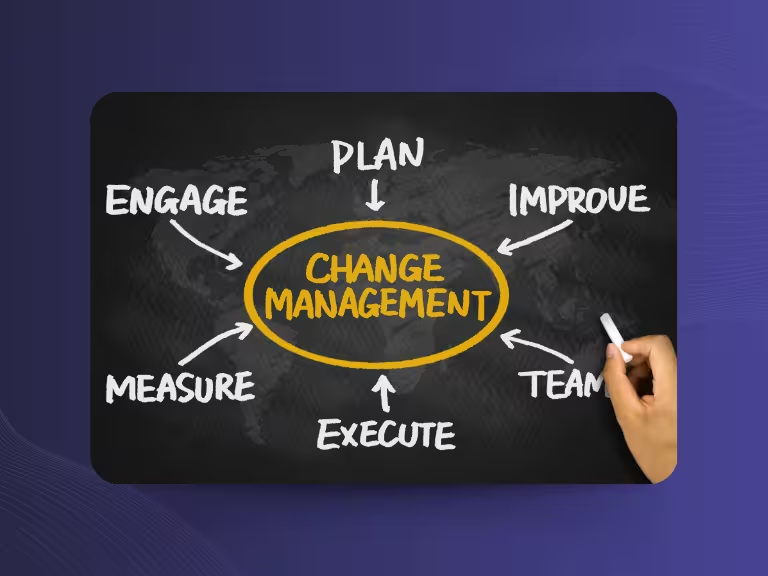Do you know that feeling of thinking after a meeting: "This could have been an email"? Inefficient meetings are among the biggest time wasters in everyday work life. Studies show that executives spend an average of 37% of their time in meetings – often without tangible results. Effective time management in meetings is the key to higher productivity and better resource utilization.
In this article, we'll show you proven methods, modern tools, and psychological tricks that can revolutionize your meetings. Whether you lead a small team or work in a large corporation – here you'll find battle-tested strategies for efficient meetings that truly work.
Why Efficient Time Management in Meetings is Essential
Problems of Traditional Meetings Without Good Time Management
Meetings without clear time structure quickly develop a life of their own. The most common problems are unclear objectives, missing agenda structure, and endless tangents. Without defined roles, participants don't know who is responsible for what, and often discuss for hours without concrete results.
This inefficiency has far-reaching consequences: employee motivation drops, important projects are delayed, and ultimately both productivity and work quality suffer. Many employees perceive poorly managed meetings as a burden rather than productive working time.
Studies and Facts on Efficiency Gains Through Time Management
The numbers speak for themselves: According to Harvard Business Review (2023), companies can save up to 30% of meeting time through clear time specifications and structured meeting agendas. At the same time, participant satisfaction increases significantly when meetings start and end on time.
Particularly impressive is the connection between structure and results: teams with clearly defined meeting rules achieve their goals 25% more often than teams without clear time specifications. These numbers show that meeting efficiency not only saves time but also improves the quality of decisions.

Practical Methods and Strategies for Meeting Time Management
Proven Methods for Structuring Meetings
The Pomodoro principle, for example, can be cleverly applied to meeting methods: divide longer meetings into 25-minute blocks with short breaks. This keeps concentration high and prevents discussions from going in circles.
Timeboxing is another powerful technique: each agenda item gets a fixed time window. When time is up, either a decision is made or the item is postponed. This method forces all participants to communicate in a focused manner.
Clear Role Distribution for Efficient Processes
Successful meetings need clear meeting roles: The moderator guides through the agenda and ensures focus. The timekeeper keeps an eye on the clock and warns of time overruns. The recorder documents decisions and tasks for follow-up.
This role distribution may initially seem formal, but it creates clarity and accountability. Especially in larger groups, it prevents everyone from sitting back and waiting for others.
Tips for Practical Implementation During the Meeting
Start on time – even if not everyone is there yet. This signals respect for the time of those present and establishes a culture of punctuality. Use the round-robin technique so everyone has a voice and no one withdraws.
Visual aids like timers or countdown apps make time visible and create awareness of passing time. Many teams also use simple hand signals to indicate when someone is digressing too far.
Modern Technologies and Tools to Support Meeting Time Management
Digital Tools as Boosters for Efficient Meetings
Digitalization has revolutionized meeting management. Tools like Microsoft Teams, Zoom, Trello, Fellow.app, and Docket offer features for agenda creation, time planning, and automated reminders. They transform chaotic meetings into structured work units.
GDPR-compliant solutions like Sally set new standards: As an AI meeting assistant, Sally automatically joins your meetings, creates transcriptions, summarizes key points, and integrates seamlessly with CRM and project management tools. This saves time not only during the meeting but also in follow-up.
Automated Time Control and Follow-Up
Modern meeting time management software takes over many time-consuming tasks: timer tools automatically warn of time overruns, and intelligent systems create structured protocols with clear to-dos after the meeting.
These automatic protocols ensure that no important points are lost and everyone immediately knows what needs to be done by when. Follow-up transforms from a time-consuming aftermath to an efficient routine.
.avif)
Sustainable Meeting Culture and Psychological Aspects for Long-term Success
Understanding and Managing Psychological Factors and Group Dynamics
Meetings are social situations where group dynamics play a crucial role. Dominant participants can monopolize discussions, while introverted colleagues keep important contributions to themselves. The round-robin technique provides a remedy by giving everyone a voice.
Dealing with disagreements also requires skill: instead of endless discussions, clear decision-making rules and time limits help. Sometimes it's better to make a "good" decision quickly than a "perfect" decision after hours of debate.
Different Requirements of Small and Large Companies
Small companies often benefit from more flexible, informal meeting structures. Here, a quick stand-up can be more effective than a formal meeting with assigned roles. The challenge is maintaining time efficiency despite flexibility.
Large companies, on the other hand, require standardized, role-specific structures. Here, scalability of time management strategies is crucial: what works in a 5-person meeting must also work with 50 participants.
Developing Long-term Strategies and Training
A sustainable meeting culture doesn't emerge overnight but requires systematic development. Companies should implement a clear meeting policy that defines standards for preparation, execution, and follow-up.
Regular workshops and meeting training are essential. Establishing internal "meeting masters" or coaches helps anchor knowledge within the company and continuously improve it. This way, time management in meetings evolves from an individual skill to a company competency.
Summary and Conclusion
Effective time management in meetings is more than just a collection of techniques – it's a mindset that shapes the entire work culture. The key insights: clear objectives and structured agendas form the foundation, proven methods like CLARA and Pomodoro provide the structure, and strict role distribution creates accountability.
Modern digital tools, particularly GDPR-compliant solutions like Sally, support not only execution but also follow-up. Psychological dynamics must not be underestimated – conversation rules and conscious moderation are just as important as the right technique.
The key to success lies in adapting to the specific needs of the company and building a sustainable meeting culture through continuous training. Those who embrace these principles can not only save time but also significantly improve decision quality and employee satisfaction.
Start revolutionizing your meetings today – your colleagues and your calendar will thank you.

Test Meeting Transcription now!
We'll help you set everything up - just contact us via the form.
Test NowOr: Arrange a Demo Appointment





